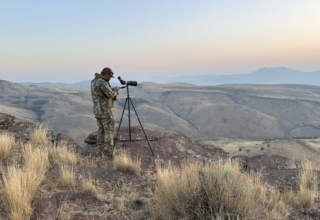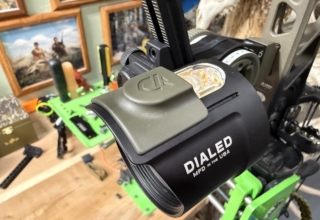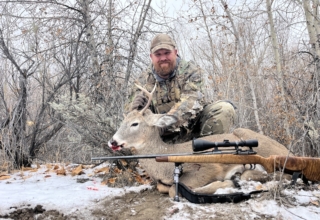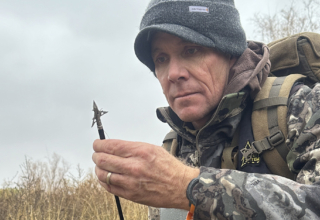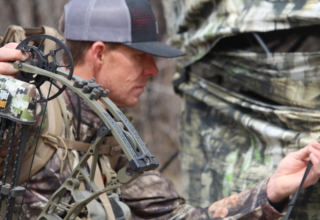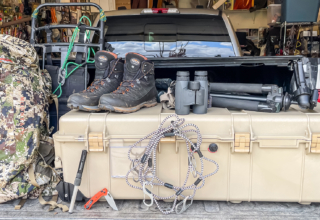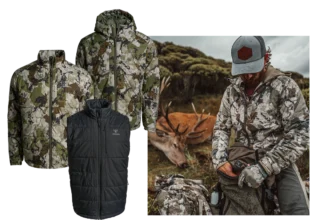The mid-September rut is king, but if you heed these early-season tips and gear choices, you may find the early season is a great time to run an arrow through the lungs of a giant bull.
by Zach Bowhay
I’ve always been passionate about elk hunting, regardless of the season. However, bowhunting has always been my favorite method, especially during September. Like many elk hunters, I consider September the pinnacle — the most fabulous time of the year.
Like many archery elk hunters, I relish the second half of September when cows are typically in estrus and bulls are lovestruck. However, the first half of the month can be equally fruitful, and sometimes even more so, mainly if you’re targeting any bull.
This phase of the season requires a different approach and demands patience. But hunters who remain patient and strike at the right moment are often rewarded for their efforts.

Starting With Ease
Every year, I encounter disheartened bowhunters at trailheads who bite off more than they can chew right from the beginning, leaving them sore, exhausted, and ready to head home. I’m still determining where this have-to-go-deep notion originated, whether from magazines, blogs, hunting videos, or social media. Still, many hunters believe that the only way to bowhunt elk is by living out of their backpacks, miles away from the nearest road.
While this method can be effective, there are other ways. The bowhunters I meet at trailheads often share a similar story of backpacking for miles, finding uncooperative elk, and then hiking even more miles in search of better opportunities. Several days later, they find themselves back at their trucks, ready to admit defeat and return home.
But it doesn’t have to be that way. You can set up a comfortable base camp and hunt within a few miles of the trailhead daily. My brother and I have used a Cabelas Alaknak tent for years during our out-of-state adventures. This reliable tent has provided a spacious and comfortable camp, which is a welcomed sight after a strenuous day of hiking.
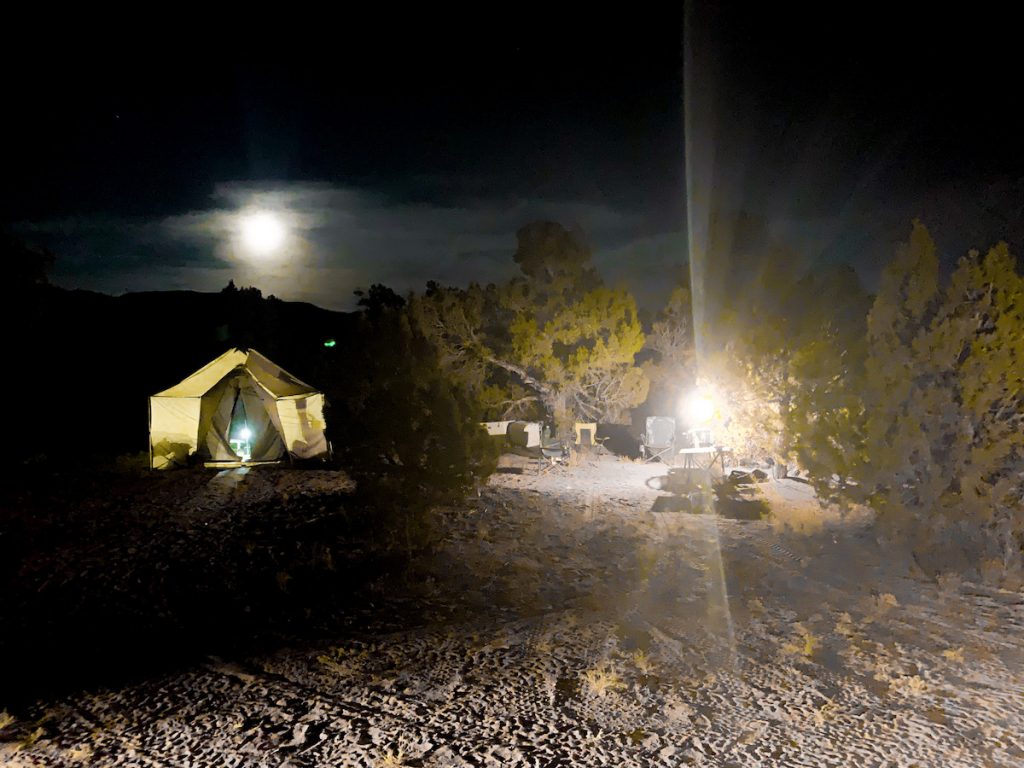
I have found that setting a base camp and hunting reasonably close to that camp is the ticket during the early season.
Why?
Bulls often don’t use their vocal cords regularly, and you may need to explore — pop in and out of different areas daily to find action. By staying semi-mobile, you can jump from locale to locale until you find a bull that’s willing to work.
In such scenarios, I often camp and drive 15 minutes to an hour from camp before daylight to different trailheads. Once in an area, I might spend the entire day if I come across elk or find a good elk sign. If things are slow and elk sightings are scarce, I’ll head back to my vehicle to try a different spot that evening. This method allows me to remain mobile, cover significant terrain, and adapt quickly.
Careful Calling
Although elk-calling encounters in the early season might not be as adrenaline-filled as later in September, calling elk during the first half of the month, and even in late August, can be highly productive. During this time, I move until I find elk sign. Of course, if I hear elk talk — bull or cow — I set up and make a play. If I’m not finding fresh poop or recently abused saplings, I keep moving.
I prefer mild calls, and I primarily produce subtle cow sounds with a diaphragm call. Over the past several years, I’ve relied on Phelps Game Calls, specifically the AMP White Elk Diaphragm and Grey Elk Diaphragm. These user-friendly diaphragms allow me to produce all the necessary elk sounds for luring a bull within range.
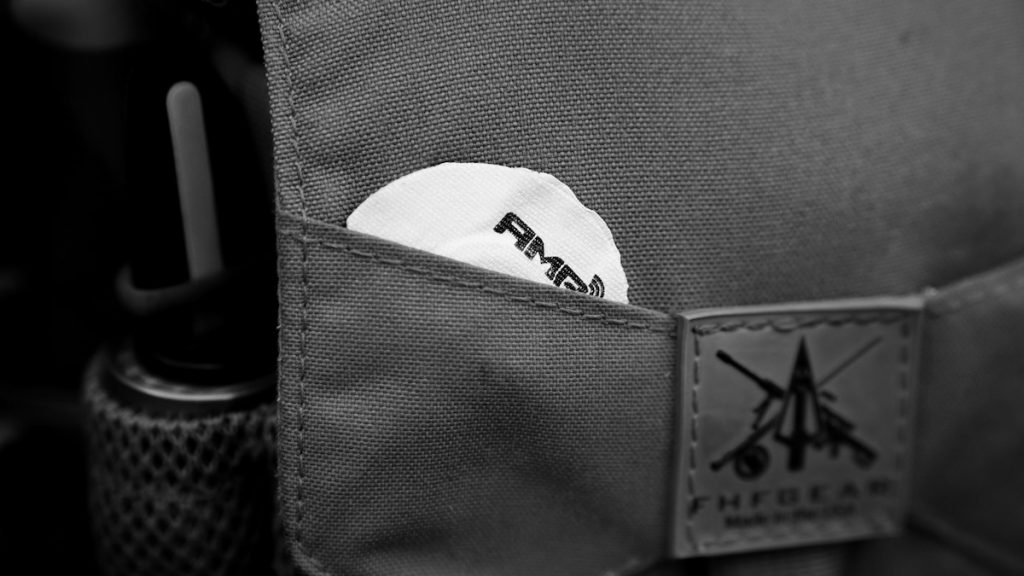
Coupled with Phelp’s Metal Bugle Tube, I can create bugles of varying volumes, depending on the situation. I also carry an open reed call and occasionally incorporate an estrus call into the mix, even during the early season. Sometimes, that little extra nasally whine can be enough to attract a bull to your location. I ensure I have at least a couple of reed calls with me, but the Sound Bite by Born and Raised Call Company has been a favorite for the past two seasons.
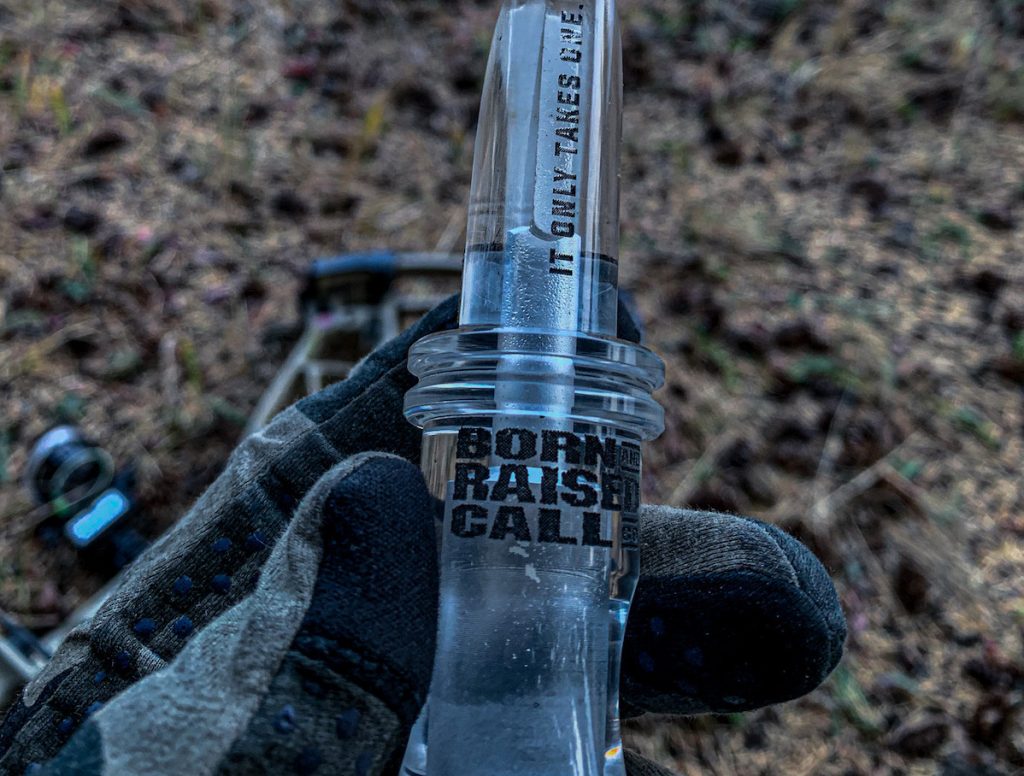
However, regardless of the calls you use, patience becomes paramount during this time. Bulls often approach silently, catching you off guard. It’s wise to extend your stay in likely spots while calling. Remember that more minor to medium-sized bulls may unexpectedly charge into your setup. Always have an arrow nocked and be prepared for action while blowing a call.
Stellar Stalking
One intriguing aspect of the early season is the opportunity for stealthy stalking. In suitable terrain, this tactic can be incredibly effective. Elk are often easy to spot during early mornings, with the sunlight revealing them on hillsides from miles away. While some may head to dark timber, in more open areas, they might bed in sight, offering an excellent stalking chance.
Once you confirm the elk have laid down and the wind stabilizes, it’s time to make your move. Conceal yourself, covering ground swiftly until you’re within striking distance. I prefer scenarios where my initial approach puts me within a few hundred yards. From there, slow down, be stealthy, and consider ditching your pack. It’s also a good idea to remove your noisy boots. Consider lightweight stalking shoes like Lone Peak Leather Company’s Stalkasins, which offer excellent mobility.
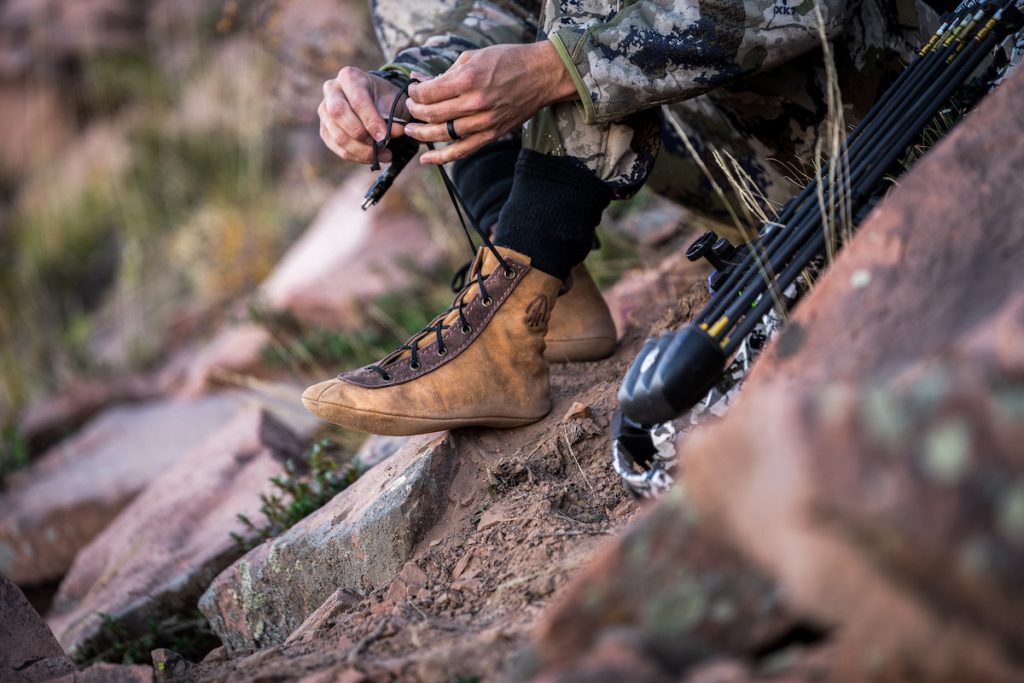
Stalking elk can be both productive and thrilling. While not as skittish as mule deer, elk remain highly alert. Maintain the right wind direction, move slowly and deliberately, and seize the first available shot. If you give it an honest effort, this method will significantly increase your success rate.
The Right Stuff
Due to extreme temperature swings, proper clothing is crucial during late August and early September. I typically wear something like the Kuiu Tiburon Pants and lightweight Merino tops, with the option of zip-off base layer bottoms for cold mornings. Solid insulating layers and rain gear are also essential must-have items.
As for boots, I’ve had great experiences with lightweight hiking options like the Kenetrek Corrie 3.2s or the Crispi Altitude GTX. Ensure your boots fit well and are broken in before your hunt. They should be lightweight, breathable, waterproof, and quiet, providing comfort and agility while traversing elk country.
Glass & Glass Some More
Glassing is a valuable technique for spotting elk. If you’re struggling to locate them, find a high point during the early morning or evening and scan the surroundings with your binoculars. While sacrificing an evening hunt may not be ideal, the information you gather can prove invaluable.

I always have a reliable pair of 10×42 binoculars like the Vortex Razor UHD in my bino harness and a Razor HD spotting scope in my pack. I also have an adapter on my binoculars to use my binos on top of my Outdoorsmans Tripod. This allows me to glass comfortably and hands-free for extended periods. Spending ample time glassing in semi-open country is a critical strategy, and one any good elk hunter needs to master.
Final Thoughts
Both halves of September offer fantastic hunting opportunities. While some may prefer the latter, the early season can be just as exciting and productive when approached correctly. Embrace different tactics, be willing to cover ground, and practice patience. Remember, being amidst elk with a bow in hand is an exceptional experience. In less than two months, bow season will be upon us, so take the opportunity to pursue those early-season bulls, and you might find your new favorite time of year to hunt.



